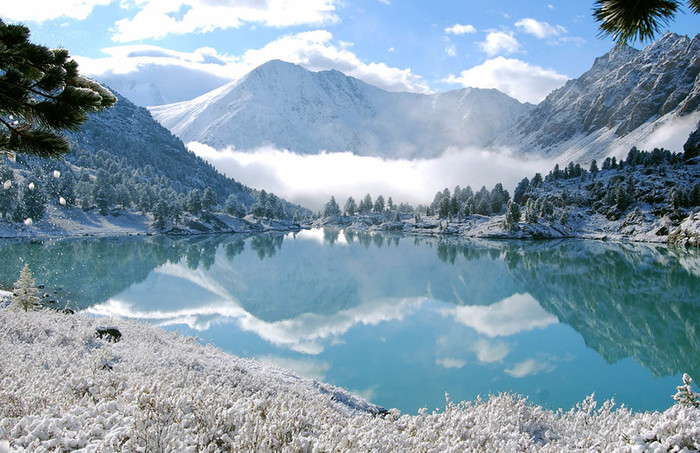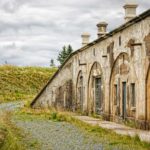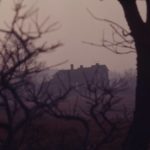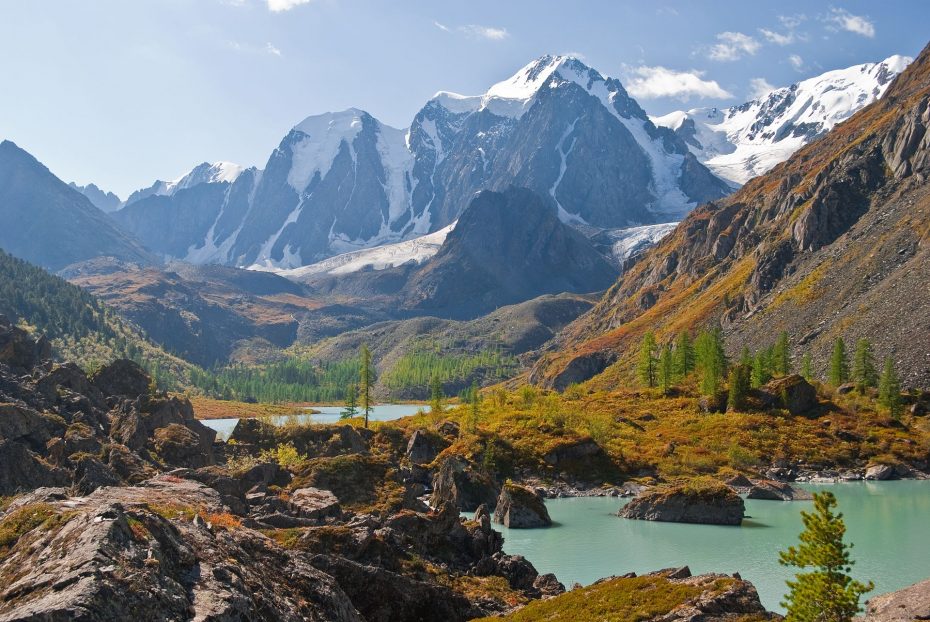
We’re constantly looking for untapped corners of the globe. The road less travelled. Proof that tourism hasn’t conquered everything. Today that search took us to the Altai Mountains, in the least-populous republic of Russia, where the frontier meets China, Mongolia, and Kazakhstan. Genetic research has suggested this Siberian landscape was the birthplace of Native Americans. Settlements in the region date back to the Bronze and Iron Ages. It’s home to mysterious forests, turquoise rivers, 7,000 lakes, martian landscapes, and gold and snow-capped mountains alike. In the aftermath of a global pandemic that has forever changed our overcrowded world, it’s just the sort of place we can see ourselves venturing further afield…
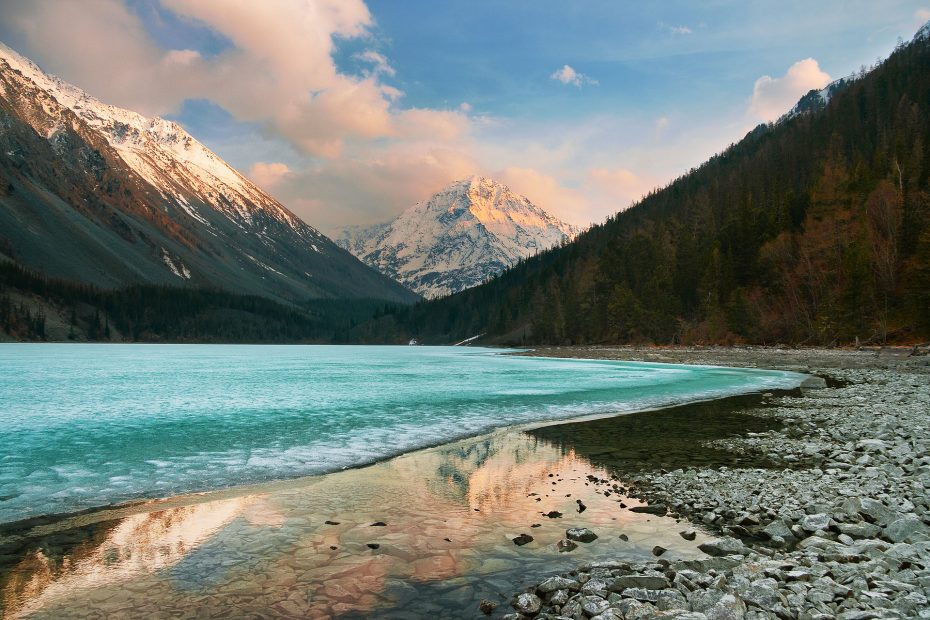
We’d start with our compass pointing towards the sacred island of Patmos, known as one of the wonders of Altai; it’s essentially a rock with sheer walls located in the middle of the river Katun that flows down from the glaciers of Siberia’s “Golden Mountains”. The sole way to access the island is via a rope suspension bridge, which only 8 people can cross at a time.
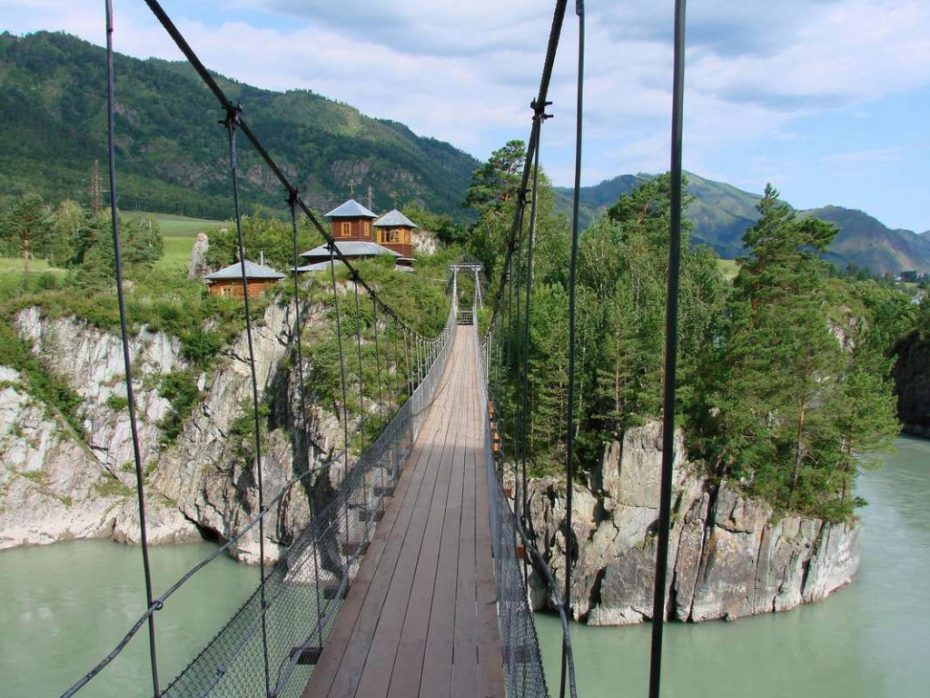
Consecrated in 1855, Patmos owes its name to the small Greek island of the same name. The chapel was named after the monk’s guardian angel, St. John the Evangelist who lived on the Greek island of Patmos. A handful of religious sites, including a temple, attracting religious travellers to participate in its services. It’s one of the few places in the Altai Republic where you might encounter another foreigner.
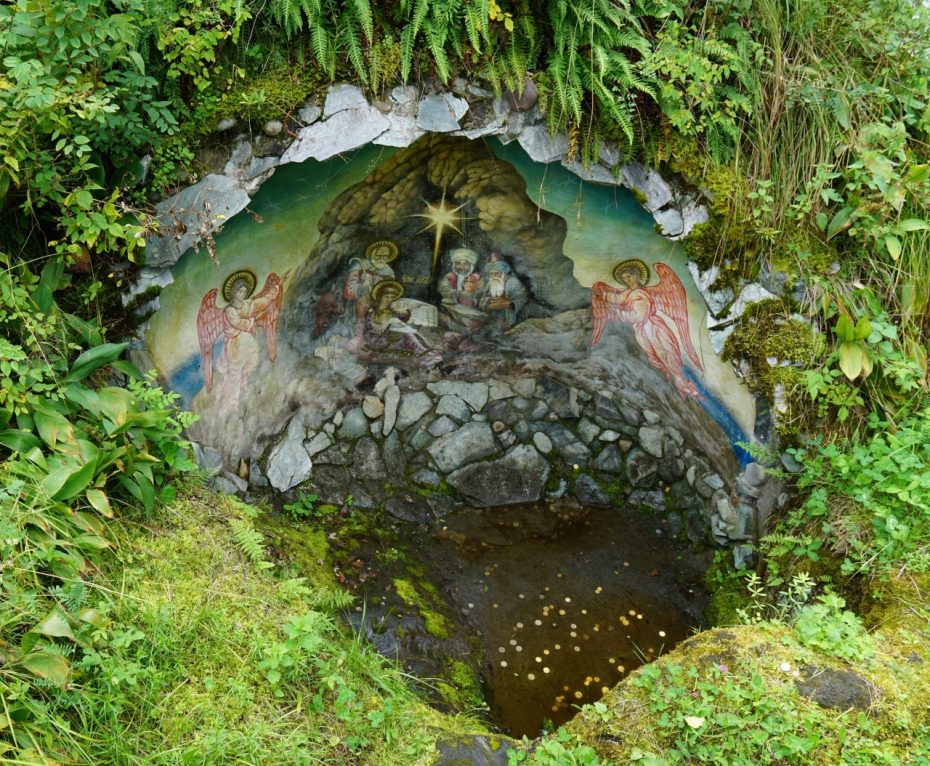
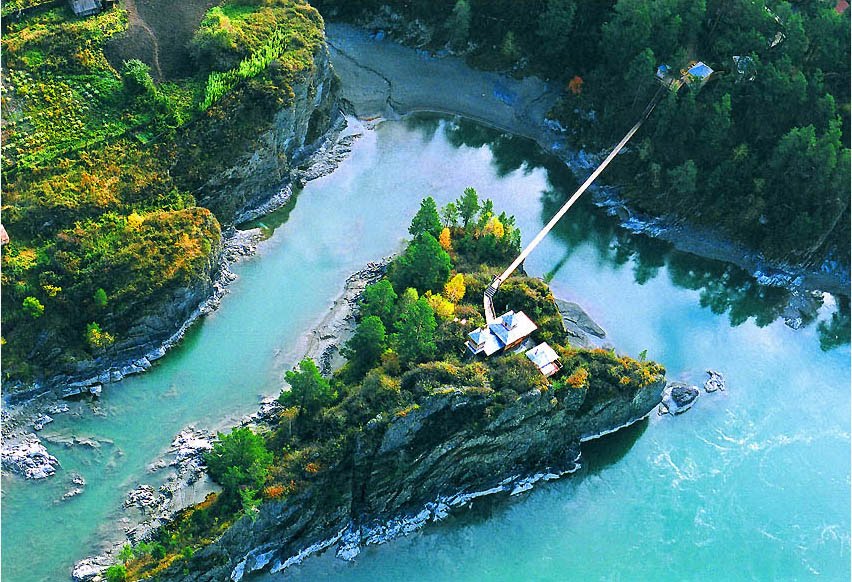
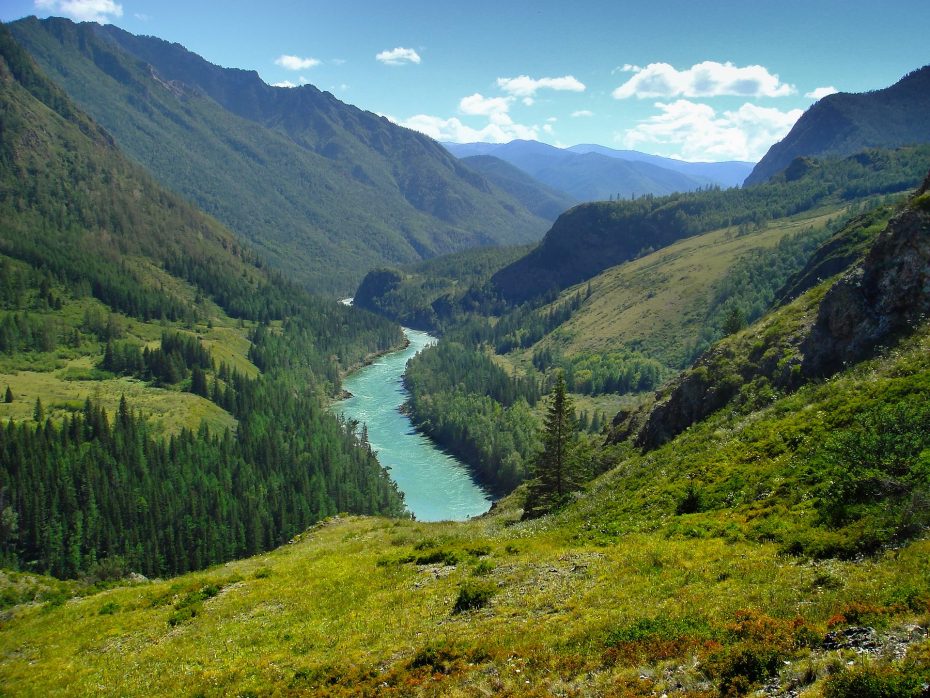
There are a few vintage Soviet resort towns in the area but for the most part, the Altai is a huge untouched National Park in an enormous yet sparsely-populated (read: socially-distanced) area. The only inhabitants are the nomadic, yurt-dwelling tribes that navigate the terrain as they have done for centuries. With tourism under-developed, hotels scarce and Airbnb non-existent, the key to this raw paradise is full immersion in nature; living and breathing in the breathtaking scenery like those who call it home. Rent a car and make it an adventure road trip. Spend nights beneath the stars and days on the roads, lakes and rivers…
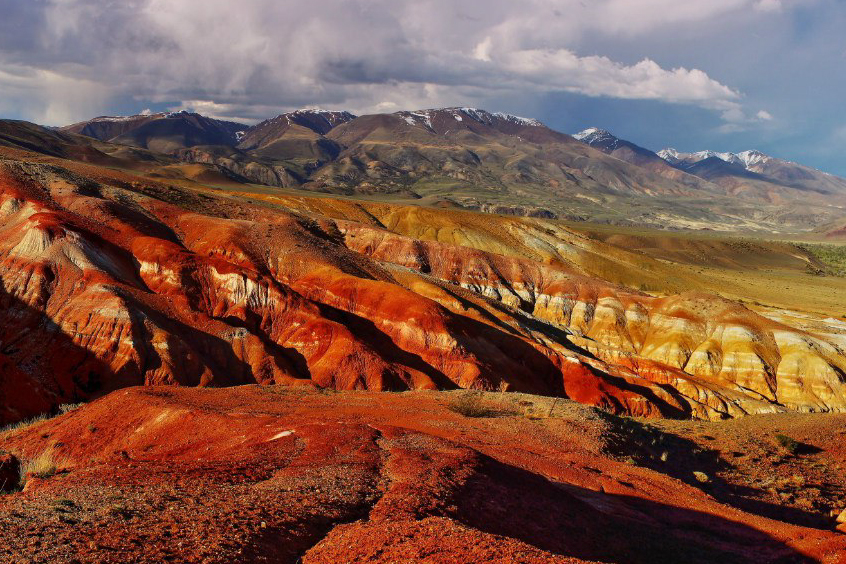
Pitch a tent in the colourful desert mountains of Kyzyl–Chin, known locally as “Mars” for obvious reasons. Lake Teletskoye, the “Golden Lake” is known to have actual gold in the surrounding hills and nearby waterfalls. Try your luck spotting a snow leopard or make friends with a wild horse. If this account is anything to go by – they are pretty damn friendly.
This is also your chance to drive take a scenic drive along the iconic Silk Road via Siberia’s Chuisky Highway. Brave the hairpin bends of Katu-Yaryk Pass, roll through the panoramic vistas of Chike-Taman and Seminsky Pass, or the Red Gate mountains of Ulagan…
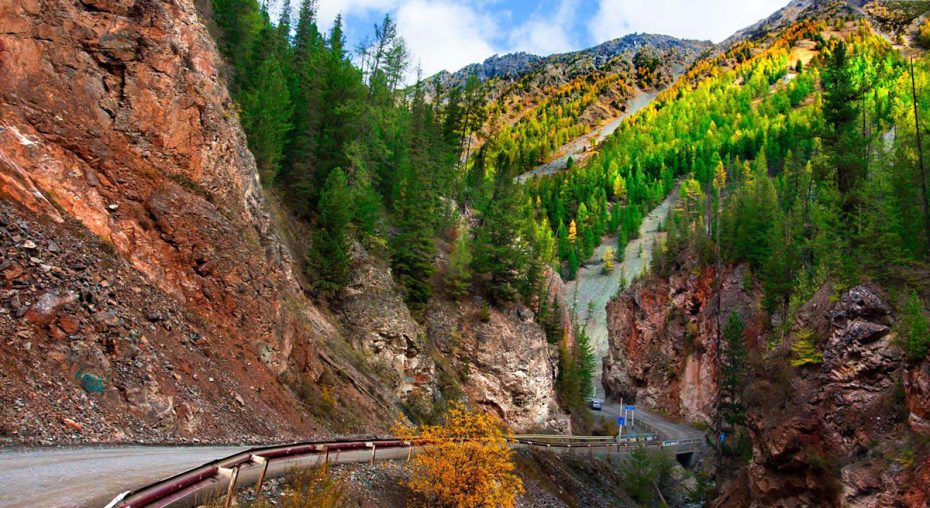
Follow a rocky, off-road path to the Stone Mushrooms, unusual rock formations measuring up to seven meters tall that look as though they are tall, capped mushrooms – one of the stranger sights in the Altai.
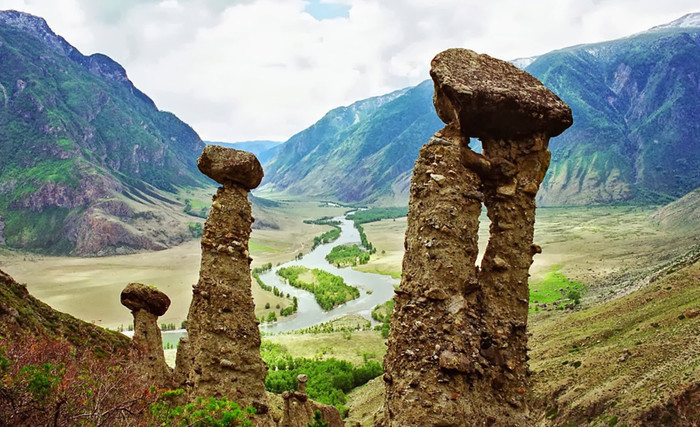
The people of the Altai have roamed these lands since the Iron Age – this is the land of the reindeer riders and eagler hunters. The Altai has over a thousand caves of note and open for exploration, where archaeologists have discovered evidence of more than 20 different cultural civilisations dating back more than three hundred thousand years ago.
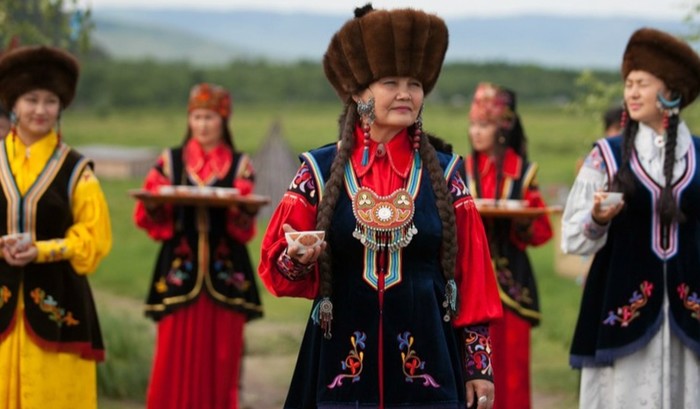
In 2008, scientists found human remains revealing a fundamentally new subspecies of humans, different from both the Neanderthal and the homo sapiens. In the 1930s, a Scythian burial mound was discovered containing sarcophagi, mummies and even textiles. Almost perfectly preserved in the permafrost, archeologists excavating the graves in the Altai mountains found intricately detailed boots worn by a Scythian woman around 300–290 BCE (pictured below).
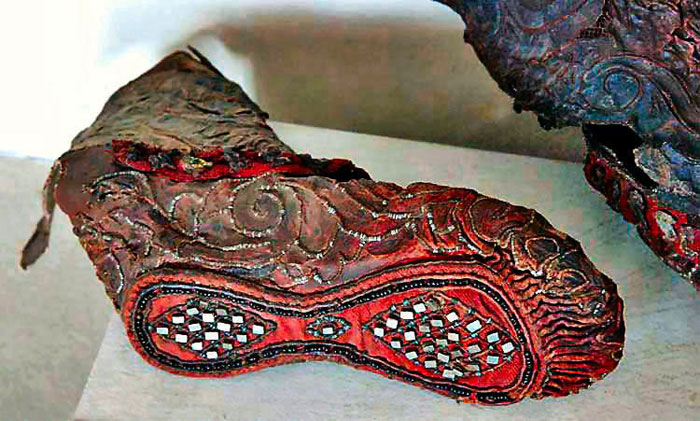
DNA analysis of ethnic groups living in the Altai Mountains, as reported by the National Geographic in 2012, found that the region may be a genetic “homeland” for North America’s indigenous peoples, according to the authors.
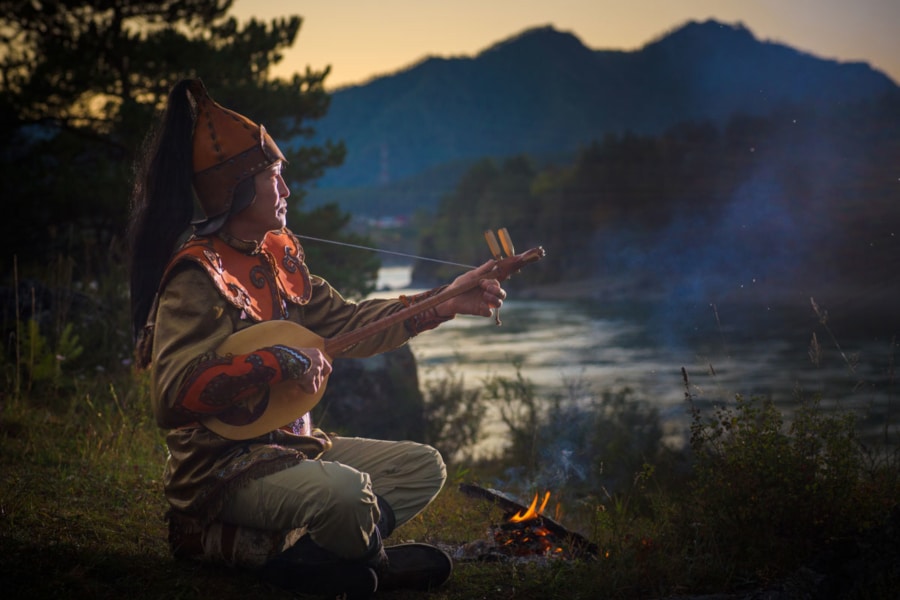
Today, Russia’s Altai Republic is home to just over 205,000 people – 35% of representing the indigenous Altaians, a Turkic ethnic group. Many of the traditional peoples remain Shamanists; guides between the physical and ethereal world. These lands have long been regarded as an area of mysterious and occult significance, so prepare for your journey through the Altai to potentially become a spiritual one. After all, the Altai seems to be one of those rare corners on the Earth where nature decided to show everything it was capable of.
